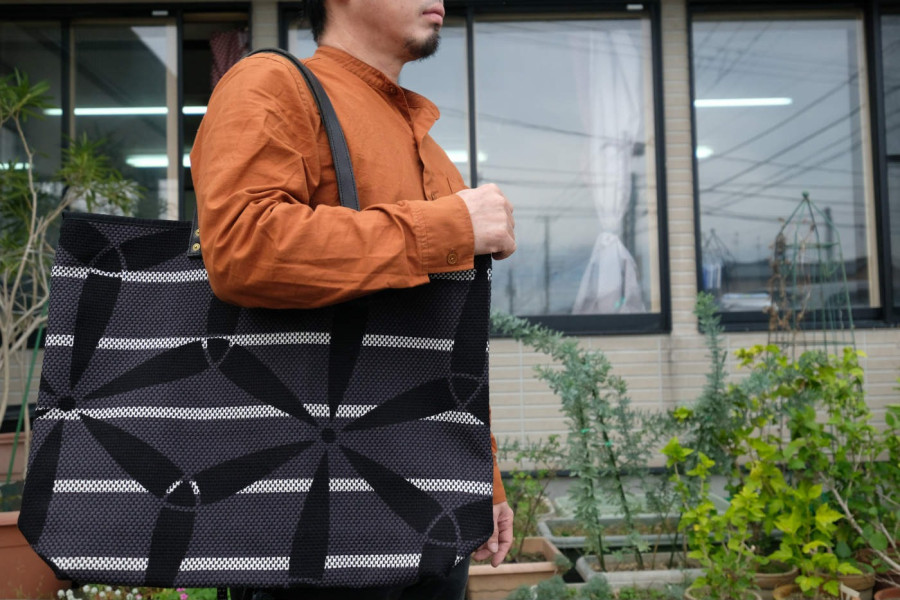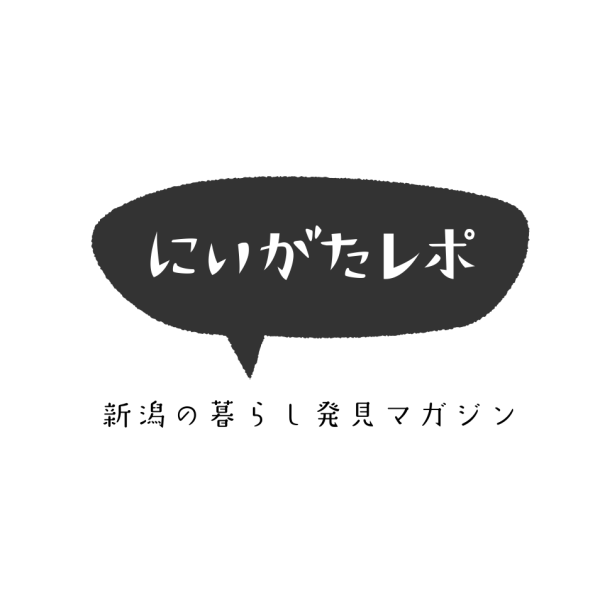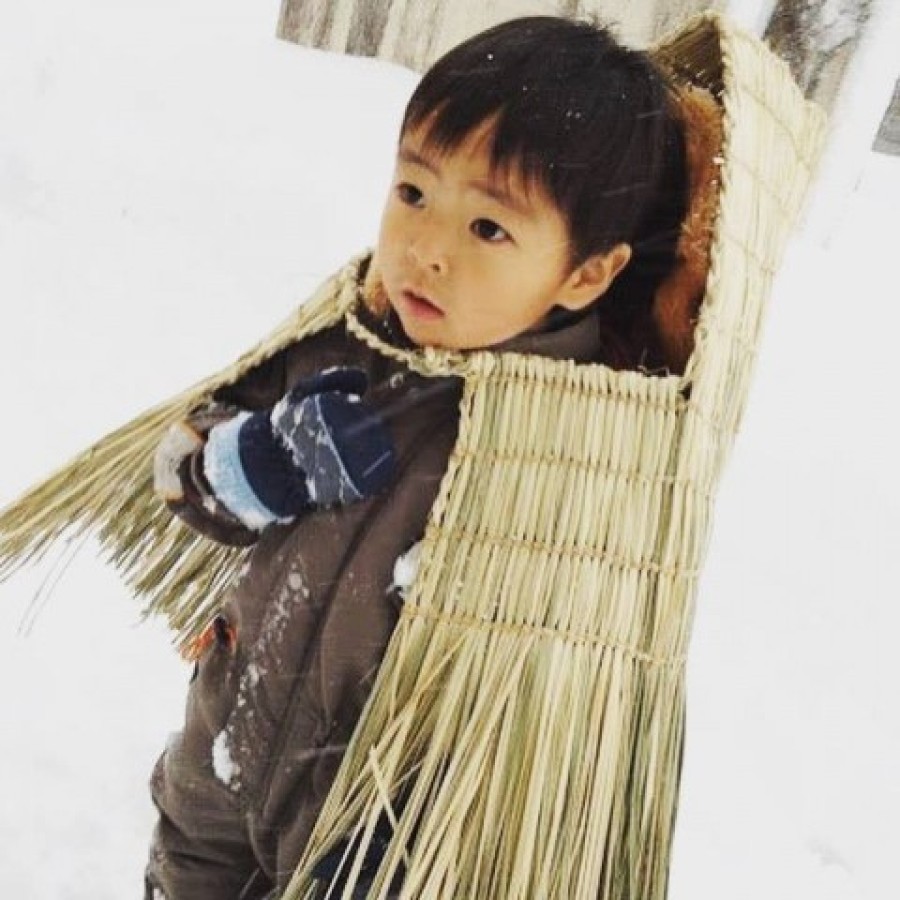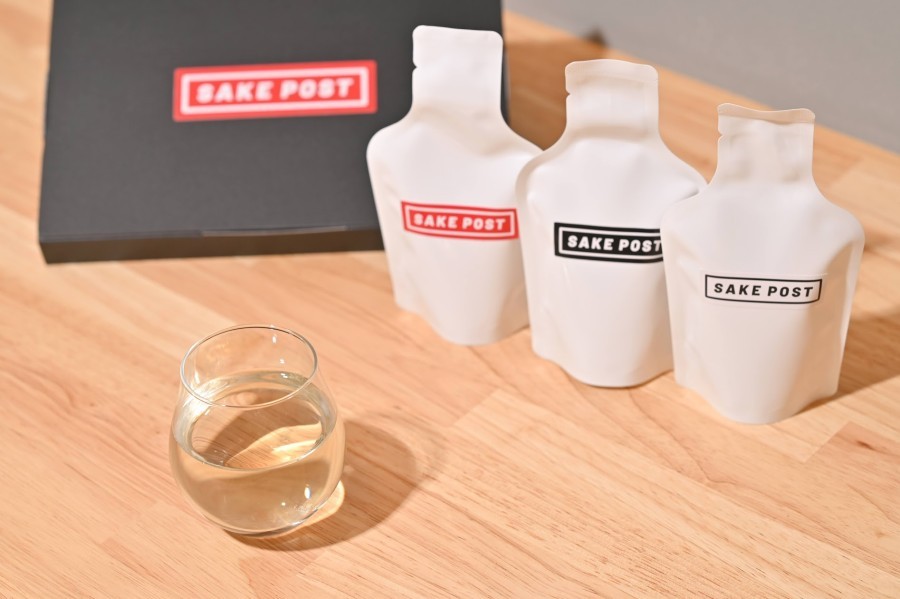This article is a tie-up with the Niigata Prefecture Federation of Small Business Associations and Manufacturing Support Centre.
Pick up 'Change Leaders' who create new value by 'changing themselves in a positive way'.
In the 19th edition, Spangarde commercialised bags made from traditional Japanese stitching fabric. The company aims to expand its sales channels by reproducing traditional Japanese designs using a new dyeing technique developed jointly with the company.
New products are developed by improving the efficiency of production lines and researching dyeing techniques.
Spangarde began as an OEM producer of bags, and since Kentaro Zanma, managing director, who studied design, joined the company, Spangarde has been involved in the production and sale of its own brands, including bags and drawstring bags for babies.
![Reviving traditional Japanese patterns as bags. The challenge of a small bag brand / Spangarde Corporation [Change Leader vol.19].](https://niigata-repo.com/wp-content/uploads/2019/12/DSCF3068-546x364.jpg)
In 2014, the company launched its own brand THE CANVET and has introduced bags with various concepts. One of these is a bag made from a traditional Japanese fabric called Sashiko fabric. Sashiko is a thick cotton fabric woven with alternating cotton threads. It has been used as a fabric for the hanten of firefighters, as it does not leave holes even when fire sparks fly a little. The bags made of sashiko fabric, which combine durability and a Japanese feel, have been appreciated by those who prefer Japanese designs, and sales have gradually increased.
![Reviving traditional Japanese patterns as bags. The challenge of a small bag brand / Spangarde Corporation [Change Leader vol.19].](https://niigata-repo.com/wp-content/uploads/2019/12/48174608_2189624331252821_3606563568360620032_n-546x410.jpg)
Therefore, a manufacturing subsidy was used to strengthen the production system for stitching fabric bags and to develop dyeing technology that would enable more flexible Japanese designs. A cutting machine was purchased and the cutting process of sashiko fabric, which had previously been outsourced, was brought in-house. In addition, the dyeing technology for layering colours on the stitching was developed jointly with the Fujioka Dyeing Factory, which continues the traditional dyeing method. A design with a large sashiko pattern was adopted to commercialise a bag expressing Japanese style. In the future, the company aims to develop reliable sales channels by acquiring patents overseas and then entering overseas markets together with trading companies.
advertisement
Rationalisation of production lines through the introduction of new equipment.
![Reviving traditional Japanese patterns as bags. The challenge of a small bag brand / Spangarde Corporation [Change Leader vol.19].](https://niigata-repo.com/wp-content/uploads/2019/12/DSCF3007-546x364.jpg) Finish a series of tasks quickly.
Finish a series of tasks quickly.- The company bought two sewing machines in order to let
![Reviving traditional Japanese patterns as bags. The challenge of a small bag brand / Spangarde Corporation [Change Leader vol.19].](https://niigata-repo.com/wp-content/uploads/2019/12/DSCF3001-546x364.jpg) Machine to inspect for needles.
Machine to inspect for needles.- The instrument was also purchased
Not only was the cutting process, which had been outsourced, brought in-house, but the introduction of sewing machines, a press used for fastening hooks and a needle inspector to check for needles during inspection has also reduced delivery times by up to four days and production costs by approximately 8.6%. With the production line in place, the company is now able to handle large orders of bags made from stitching fabric on schedule.
Joint development of new dyeing technology to express traditional Japanese patterns.
![Reviving traditional Japanese patterns as bags. The challenge of a small bag brand / Spangarde Corporation [Change Leader vol.19].](https://niigata-repo.com/wp-content/uploads/2019/12/795316b92fc766b0181f6fef074f03fa.jpg) By producing the moulds by hand-carving, the large
By producing the moulds by hand-carving, the large- Can be used for fabrics of any size
![Reviving traditional Japanese patterns as bags. The challenge of a small bag brand / Spangarde Corporation [Change Leader vol.19].](https://niigata-repo.com/wp-content/uploads/2019/12/2b530e80c7d0de90885e285c5d798063.jpg) Dyeing patterns for stitching are not suitable for mass production
Dyeing patterns for stitching are not suitable for mass production- So we prepared a new mould.
In order to lay down a double layer of colours and patterns on the stitching fabric, it is necessary to apply the colours beautifully even with the thickness and unevenness of the fabric. Therefore, the dyeing process was successfully carried out by increasing the number of dyeing cycles and using more dye than usual. There was also a problem with blurred colours, but by adjusting the temperature of the water during washing, it was possible to produce beautiful outlines. Large patterns were also used, resulting in a successful fusion of technology and design, with a visual impact that can also be utilised.
Making good use of trade fairs to generate new business deals and new collaborations.
![Reviving traditional Japanese patterns as bags. The challenge of a small bag brand / Spangarde Corporation [Change Leader vol.19].](https://niigata-repo.com/wp-content/uploads/2019/12/69220451_2354629978085588_7607984083200638976_o-546x546.jpg) Pop-up in department stores in Tokyo.
Pop-up in department stores in Tokyo.- When the shop was held.
![Reviving traditional Japanese patterns as bags. The challenge of a small bag brand / Spangarde Corporation [Change Leader vol.19].](https://niigata-repo.com/wp-content/uploads/2019/12/70726502_2371393426409243_8194614046750670848_n-546x410.jpg) The Niigata BIZ EXPO is the local connection
The Niigata BIZ EXPO is the local connection- It was a catalyst for building a
Exhibiting at a number of exhibitions through the Central Association, the company signed a contract with a new department stores' for the 2018 Tokyo International Gift Show, where it will hold a POP UP SHOP for a limited time in a few months' time. We also visit other venues as much as possible to find new collaborators. At the 'Niigata BIZ EXPO', we are also conscious of the links with local companies. The exhibition has led to new activities, such as jointly organising events.
Continuing to create new bags from a factory-grown designer's point of view.
![Reviving traditional Japanese patterns as bags. The challenge of a small bag brand / Spangarde Corporation [Change Leader vol.19].](https://niigata-repo.com/wp-content/uploads/2019/12/DSCF3055-546x364.jpg) Director, Designer Kentaro Zanma
Director, Designer Kentaro Zanma
Since launching its own brand THE CANVET in 2014, the company has produced a variety of products, including bags produced in collaboration with the Fujioka Dyeing Factory, a sashiko bag dyed with charcoal from plums, which used to be industrial waste, and UNIVERSAL, which does not produce waste when cutting the fabric. The bags that have been manufactured seem unrelated at first glance, but what they have in common is an onsite-oriented approach. The UNIVERSAL in particular was inspired by my feeling that I wanted to reduce the amount of cloth and leather produced at the factory. I myself have been in contact with sewing machines since I was a child, which is why I design products that eliminate waste and are acceptable to consumers.
Fujioka special order hemp leaf tote', a collaboration with Fujioka Dyeing Factory.
![Reviving traditional Japanese patterns as bags. The challenge of a small bag brand / Spangarde Corporation [Change Leader vol.19].](https://niigata-repo.com/wp-content/uploads/2019/12/DSCF3026-546x364.jpg)
Features a design that incorporates traditional Japanese patterns in a modern way. The size is large enough to hold A4 files with ease, making it an easy-to-use item.
Company profile
![Reviving traditional Japanese patterns as bags. The challenge of a small bag brand / Spangarde Corporation [Change Leader vol.19].](https://niigata-repo.com/wp-content/uploads/2019/12/DSCF3068-1-546x364.jpg)
Sewing company established in 2006, headquartered in Higashi Ward, Niigata City, which is involved in the production of bags and pouches. Originally, the company was mainly involved in OEM production as Zanma Sewing, but after changing the company name, it started manufacturing and selling its own products. In recent years, the company has incorporated traditional and environmental approaches into its designs, such as bags with Japanese patterns and plum seeds under the theme of 'reconstruction'. Currently based in Tokyo, the company focuses on 'POP UP SHOP' in department stores.
enquiry
Spangarde Ltd.
○Tokyo Planning Office: 201 Tago Building, 5-18-19 Minami Karasuyama, Setagaya-ku, Tokyo.
○TEL : 03-5384-3626
○HP : http://www.spangarde.com
advertisement








